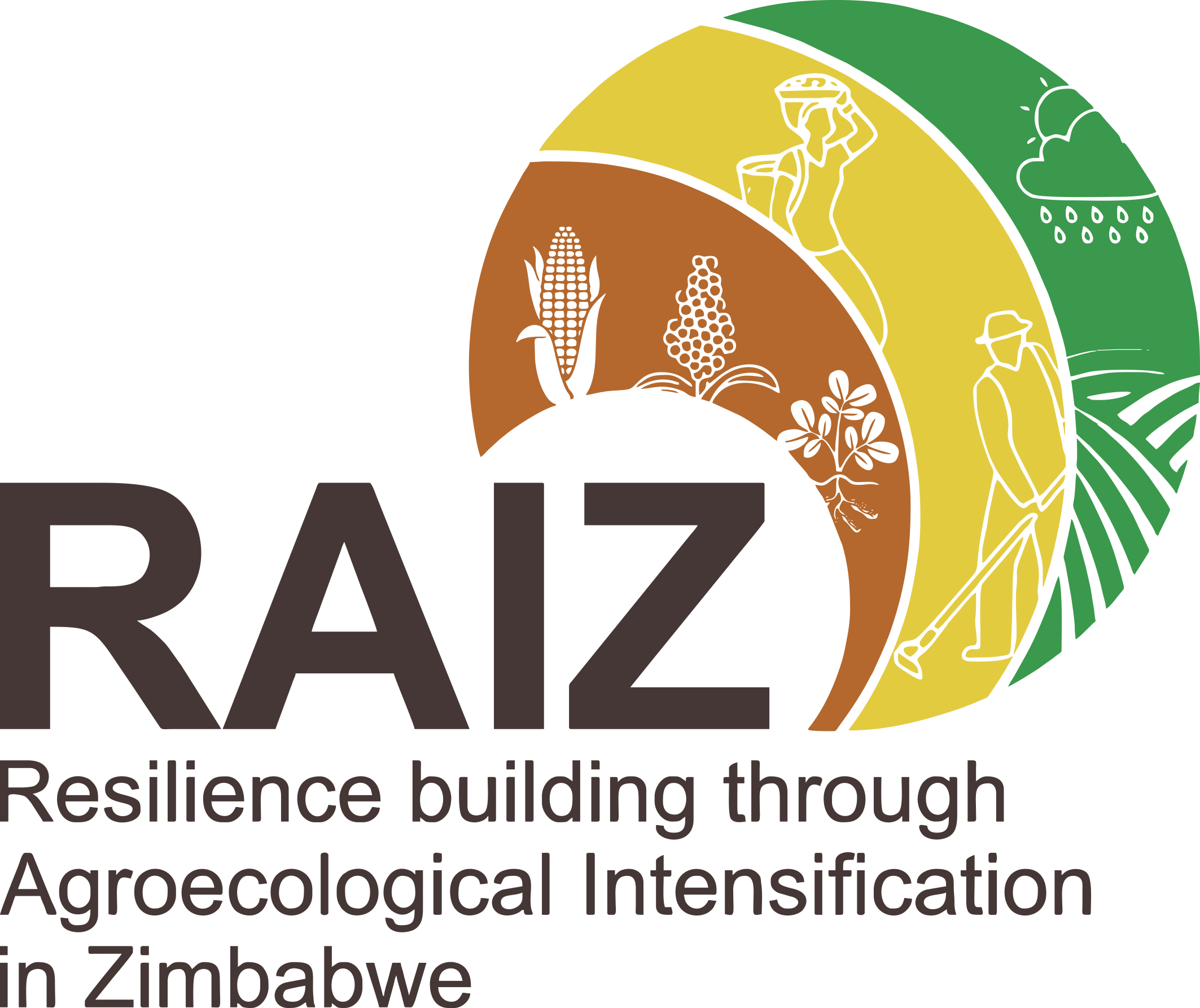Impact of albedo change on the climate benefit of conservation agriculture in sub-humid Zimbabwe.
Research question
- What are the biogeophysical effects of tillage and mulch management, if they are different depending on the soil type (soil colour), if they offset or amplify the mitigation potential of conservation agriculture estimated for biogeochemical effects and their relevancy for adaptation to climate change?
General context
The 2015 Paris Agreement of the UNFCCC aims to keep the rise in global average temperatures by 2100 to “well below 2°C above pre industrial levels and to pursue efforts to limit the temperature increase to 1.5°C above pre-industrial levels”. According to the IPCC, a future scenario that limits global warming to 1.5°C requires anthropogenic net-emissions of CO2 to be reduced to zero by around 2050, involving carbon dioxide removal methods. Many of these strategies concern the agricultural sector, and, in that context, several best management practices have been recommended for croplands, such as cover crops, agroforestry or conservation agriculture.
However, changes in land management do not only affect soil organic carbon (SOC) stocks and greenhouse gases (GHGs) emissions (biogeochemical effects) but also modify the energy budget of croplands as well as water cycling, both being controls of the temperature on Earth. These changes occur through altered biogeophysical characteristics of the land surface, such as albedo (the fraction of incident sunlight reflected by the ground), surface roughness, heat conductance and evapotranspiration. However, these biogeophysical feedbacks are currently not incorporated in low-emission scenarios of the IPCC. Moreover, the biogeochemical and biogeophysical effects of carbon sequestration practices are highly context-dependent.
Importance of the research question
- Quantify the effect of conservation and conventional agriculture on albedo, energy balance and surface temperature dynamics during the cropping season.
- Study the interaction between soil type and cropping system on albedo dynamics.
- Investigate the change in albedo during the season in relation to crop development (measurements of leaf area index, LAI), and soil water dynamics.
- Develop an albedo module for the soil-crop model STICS and test the current module in the land surface and crop model ORCHIDEE-CROP.

Souleymane DIOP
PhD Student
Duration
2021 – 2024
Location
Mazowe District & Domboshawa District (CIMMYT)
Supervision
Supervisor – CESCHIA Eric (CESBIO/INRAE)
Co-Supervisor – LAUERWALD Ronny (UPS/ECOSYS); CARDINAEL Rémi (CIRAD/UPR AIDA)
Thesis committee – CIAIS Philippe (LSCE); VIOVY Nicolas (LSCE)
Biography
Souleymane holds a Master in Geography from Universite Rennes 2/ Institut Agro (France). My research skills focus on remote sensing, GIS and modelling. Passionate about research in the field of environmental sciences and spatialization techniques. In particular, on remote sensing, modelling and their application in croplands.
